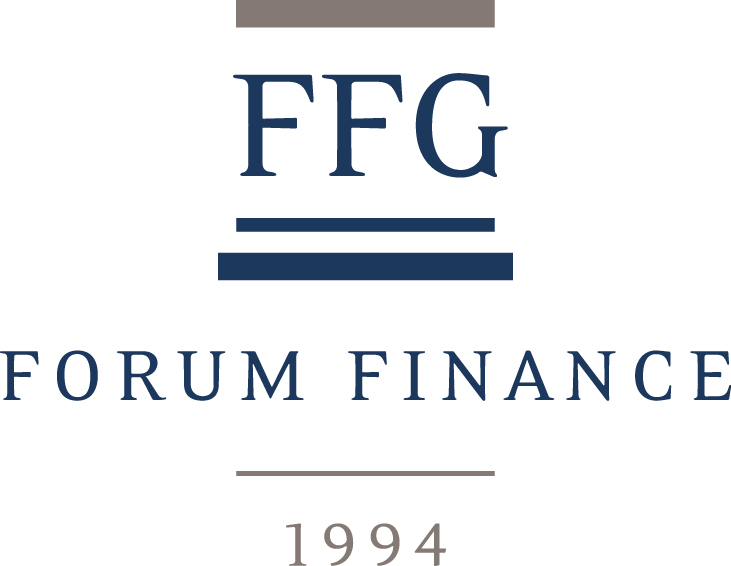Newsletter | May 2024
Global economic growth expanded at the fastest pace in ten months
15.65% THE PERFORMANCE OF THE SILVER PRICE
Investment perspective
April’s correction seems almost forgotten thanks to May’s rally, which took equity markets to new highs. But June is likely to be another volatile month, with the monetary policy decisions of the major developed central banks on the agenda. Recent economic data, particularly on the inflation front, has been broadly in line with consensus expectations, albeit with a glaring lack of progress towards the central bank’s ultimate target of 2.0%. In the US, the personal consumption expenditure (PCE) price index excluding food and energy rose 0.2% in April (in line with estimates) and 2.8% year-on-year, or 0.1% above the estimate. More important, however, is the direction of core inflation. In April, core prices were up 3.6% year-on-year, down from 3.8% in March and up 0.3% month-on-month, the smallest monthly increase since December. In the UK, inflation continued to fall in April to its lowest level since July 2021, with consumer prices up 2.3% year-on-year. However, core prices, which strip out volatile food and energy prices, were up 3.9% year-on-year. Probably still too high for the Bank of England. Eurozone inflation rose 2.6% in May, higher than expected, while core inflation rose to 2.9% from 2.7% in April. Although May’s figures were better than expected, it’s worth remembering how far we’ve come since the peak of 10.6% in October 2022. May mirrored April across all fixed income segments. Bond indices were all in positive territory over the month. High yield (HY) markets and emerging market debt (EMD) more than recouped April’s losses. Despite the rebound in May, the corporate investment grade (IG) segment remained in negative territory for the second quarter, with a negative return of 75 basis points for the quarter to date after a lackluster first quarter. With PMI indices in the major regions in the range generally associated with expansion (above 50) and encouraging developments in the eurozone, equity markets reached new highs in May. The US large cap segment gained 4.9%. In terms of investment style, growth outperformed value with a gain of 6.0% compared to 3.2% for value, while small caps returned over 5.0% for the month. Although European indices underperformed their US counterparts (+3.3% in euro terms), the Swiss equity market staged a comeback, rising by 6.3% in local currency terms.
Investment strategy
Recent publications have partly allayed immediate fears of an uncontrolled resurgence of inflation, allowing US long-term rates to ease slightly over the month. As a result, the ECB is widely expected to cut its key rates on June 6th, and any other decision would be a major surprise. With the economy and labour market in relatively good shape, the Fed is expected to keep rates on hold until it sees more evidence that inflation is on track to reach its 2% target. The all-in yield, as well as the hope of capital gains once the central banks start cutting rates, has made fixed income quite attractive. These factors have attracted investors, as evidenced by flows into the corporate bond market. According to the latest release from Bank of America, investment grade (IG) corporate bonds recorded their 31st positive weekly flow, with $3.6bn in the week ending last Wednesday, the longest streak since 2019. Despite the strong inflows, fixed income markets, particularly those with high interest rate sensitivity, have suffered. The ongoing inversion of the yield curve, caused by a slower decline in inflation towards the central banks’ ultimate target of 2.0%, has led to greater caution regarding the speed and amplitude of policy rate cuts. This recalibration of interest rate expectations has made short-term bonds, and to some extent cash, attractive because of their favourable interest rate risk/return profile at a time when the path of interest rates is still quite uncertain.
One Stock Driving the Magnificient 7’s in 2024: NVIDIA +138% as of May 29th Close
Portfolio Activity/ News
After two months of fairly balanced returns in fixed income markets and modest gains in economically sensitive assets such as credit spreads and equities, we maintain a balanced positioning across asset classes, regions and sectors. Thanks to attractive all-in yields, our positioning remains broadly exposed to credit, which should continue to benefit from the growing acceptance that global economic growth will remain resilient and even improve in some regions. Admittedly, credit spreads have already tightened considerably in response to this favourable environment and are trading below the median spreads of the last 5, 10 and 30 years. However, while spreads reflect a lot of positive news, they have historically shown that they can remain tight for extended periods of time. Given the reduced uncertainty about the near-term path of US long-term rates, the improvement in emerging market economies and the easing of election deadlines following the results in Mexico and India, we are increasing our exposure to USD-denominated EM corporate debt. As we did a few months ago, we have added a long/short equity position within our European equity exposure to increase the resilience of this segment. In emerging markets, we maintain our conviction in Chinese domestic equities. It should be noted that our dedicated EM exposure is largely achieved through a dedicated bond component, which currently offers a more favourable risk/return profile than emerging market equities excluding China.
Download the Newsletter
